1.1 — Introduction to Game Theory
ECON 316 • Game Theory • Fall 2021
Ryan Safner
Assistant Professor of Economics
safner@hood.edu
ryansafner/gameF21
gameF21.classes.ryansafner.com
About Me

Edinburgh, 2019
Ph.D (Economics) — George Mason University, 2015
B.A. (Economics) — University of Connecticut, 2011
Specializations:
- Law and Economics
- Austrian Economics
Research interests
- modeling innovation & economic growth
- political economy & economic history of intellectual property
About Me

My face without a mask, 2021
Ph.D (Economics) — George Mason University, 2015
B.A. (Economics) — University of Connecticut, 2011
Specializations:
- Law and Economics
- Austrian Economics
Research interests
- modeling innovation & economic growth
- political economy & economic history of intellectual property
The Reason I am Busy AF Behind the Scenes

And why I wear a mask.
Game Theory
What This Course is NOT (Necessarily) About
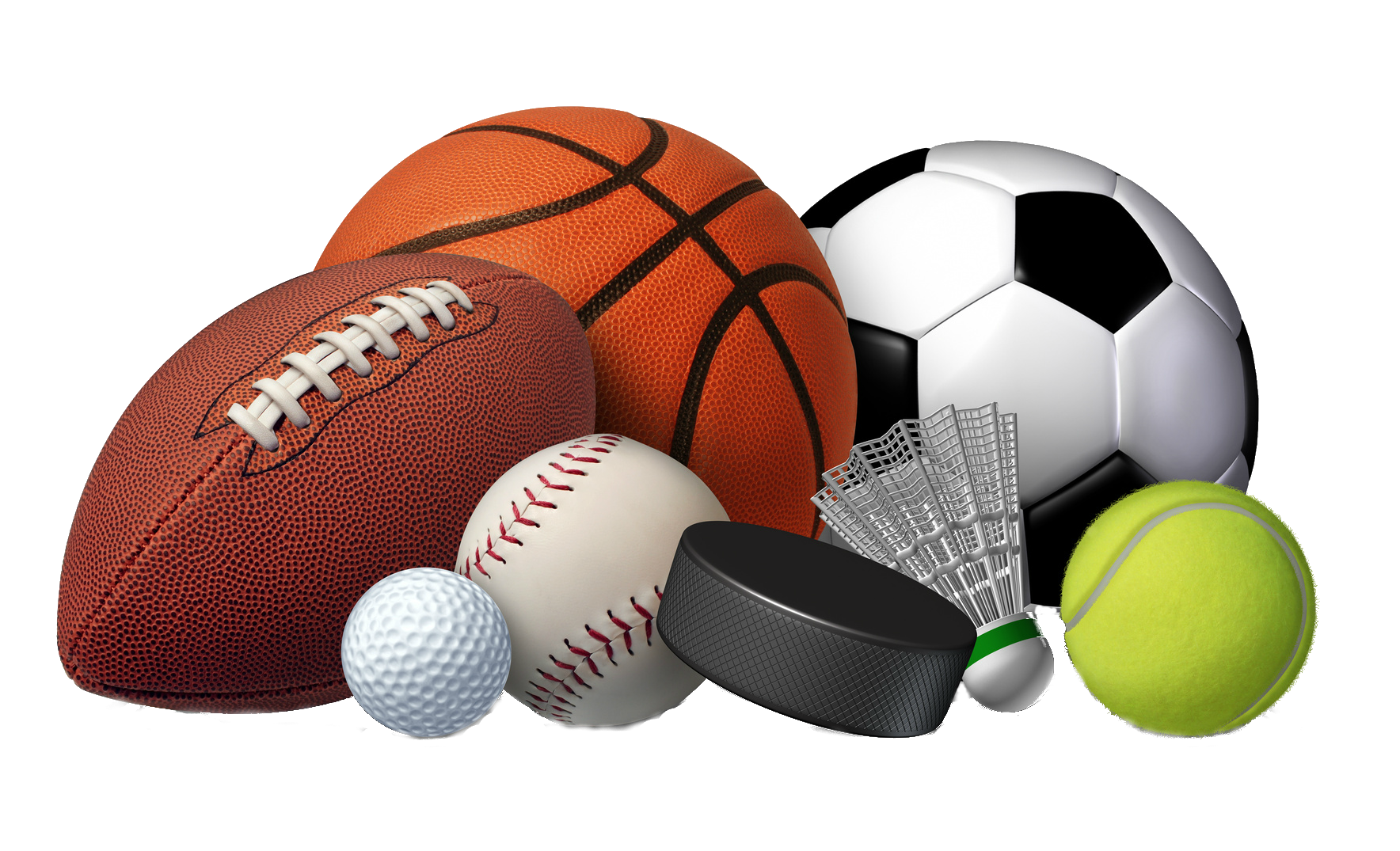


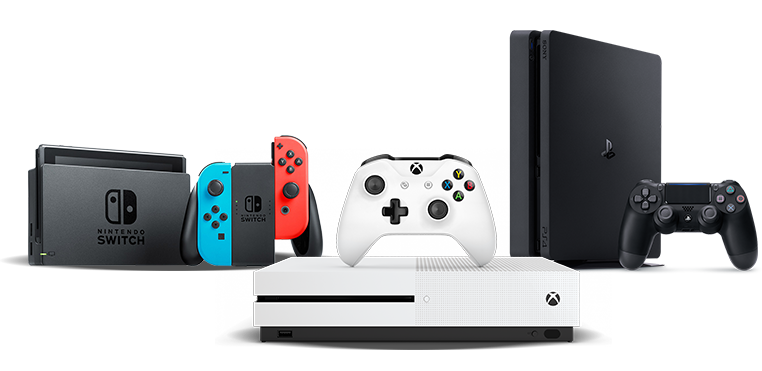
You Are An Experienced Player of Many Games
- You are actively playing many games
- Friends
- Enemies
- Family
- Employer
- Classmates
- Driving
- Reputation
- With me

Applications of Game Theory






Defining a Game
What A Game Is...in Math
- A game is fully described by
Γ=(s1,s2,⋯,sn;u1,u2,⋯,un):
- Players i∈{1,2,⋯,N}:N≥2
- Strategies si∈{Si}
- Si is the set of all strategies available to player i
- Payoffs ui∈{si,s¬i}
- ui:Si×S⋯S¬i→R
What A Game Is...in Math
- A game is fully described by
Γ=(s1,s2,⋯,sn;u1,u2,⋯,un):
- Players i∈{1,2,⋯,N}:N≥2
- Strategies si∈{Si}
- Si is the set of all strategies available to player i
- Payoffs ui∈{si,s¬i}
- ui:Si×S⋯S¬i→R
Example: A 2-person game
- Players
- 1 and 2
- Strategies
- s1∈S1 and s2∈S2
- Payoffs
- u1∈{s1,s2}
- u2∈{s1,s2}
Now That I've Frightened You
Game theory can be highly abstract and mathematical
Our approach in this class will use some, but not primarily math
You'll be fine if you can:
- Do some simple algebra
- Find an average or expected value
- Maybe take a derivative
- Even if not, you can catch up
We will focus on applications and examples of strategic interaction

How We Will Define a Game
- A game is a strategic interaction between rational agents that has 3 elements:
- Players interacting rationally
- Conditional strategies that each player can choose from
- Payoffs to each player that are jointly-determined from combination of all players’ strategies

How We Will Define a Game
- Arguably, a 4th element, Rules about:
- Timing of players' moves
- Actions available to each player at each move
- Information each player has at each move

We Are Ruling Out Situations
Where strategy does not matter (i.e. pure chance)
Without strategic interaction between players (i.e. a “single-player” game)

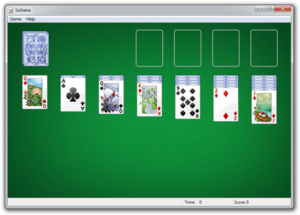
History of Game Theory
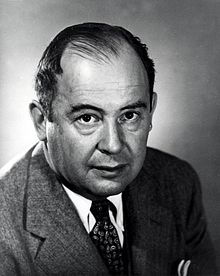
John von Neumann 1903—1956
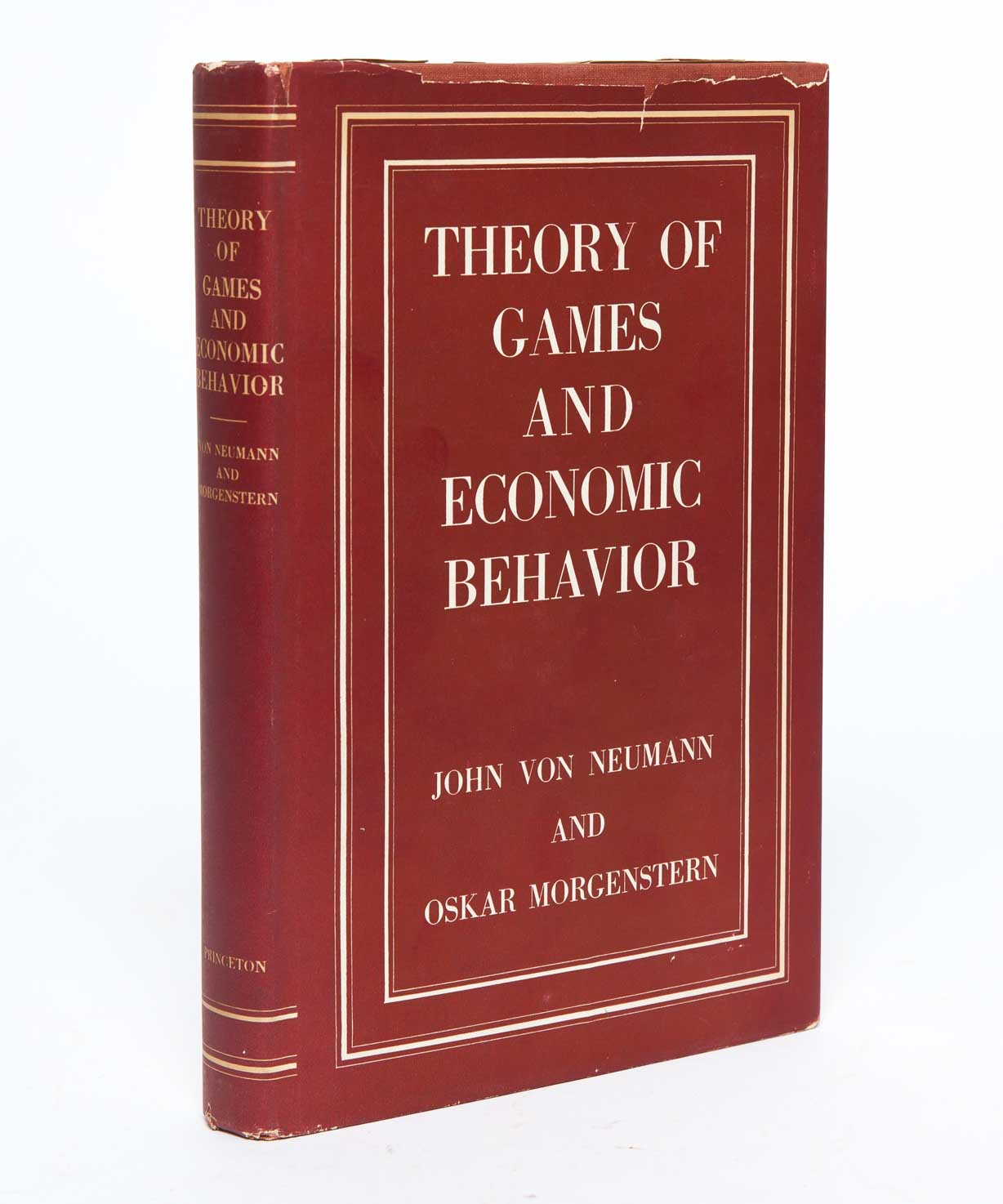
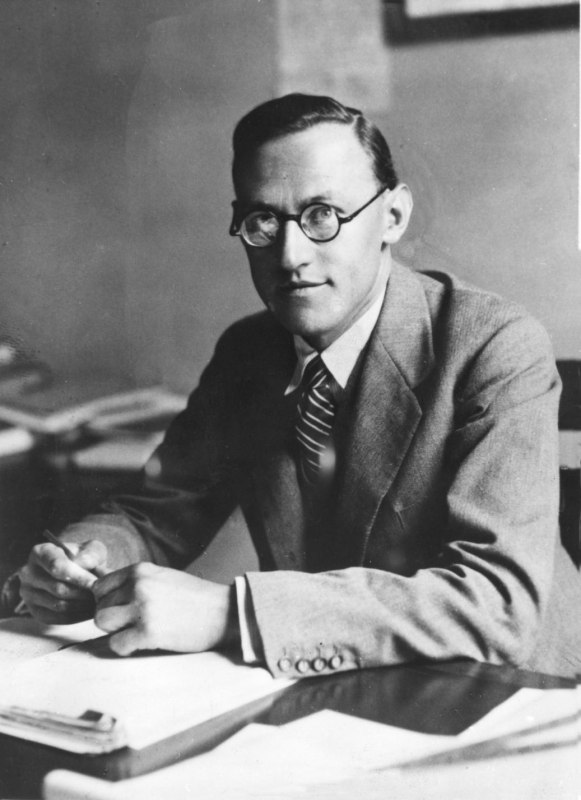
Oskar Morgenstern 1902—1977
Game Theory Nobel Prizes

Game Theory is Not Limited to Economics!
- Political science
- International relations
- Business strategy
- Negotiation
- Law
- Evolutionary biology
- Sports

An Example Game
Example: Take out a piece of paper. You will be matched randomly with one other person in class. Neither of you will ever find out who the other person was. Write down either the letter X or Y.
- If one of you writes X and the other writes Y, the person with X gets 8 bonus points added to their midterm exam, the person with Y gets 0 bonus points
- If you both write X, you each get 1 bonus point
- If you both write Y, you each get 4 bonus points
Why Is This a Game?
- More than 1 player
- Strategies available to each player
- Payoffs jointly determined by strategies chosen
- You just don’t happen to know who the other player is
- But you still need to think about (how to respond to) their strategies with your own

We Can Represent This
- We can represent this (and any) game in two ways:
- Both describe all three elements of the game
We Can Represent This
- We can represent this (and any) game in two ways:
- Both describe all three elements of the game
- “Normal” or “Strategic” form (a matrix)
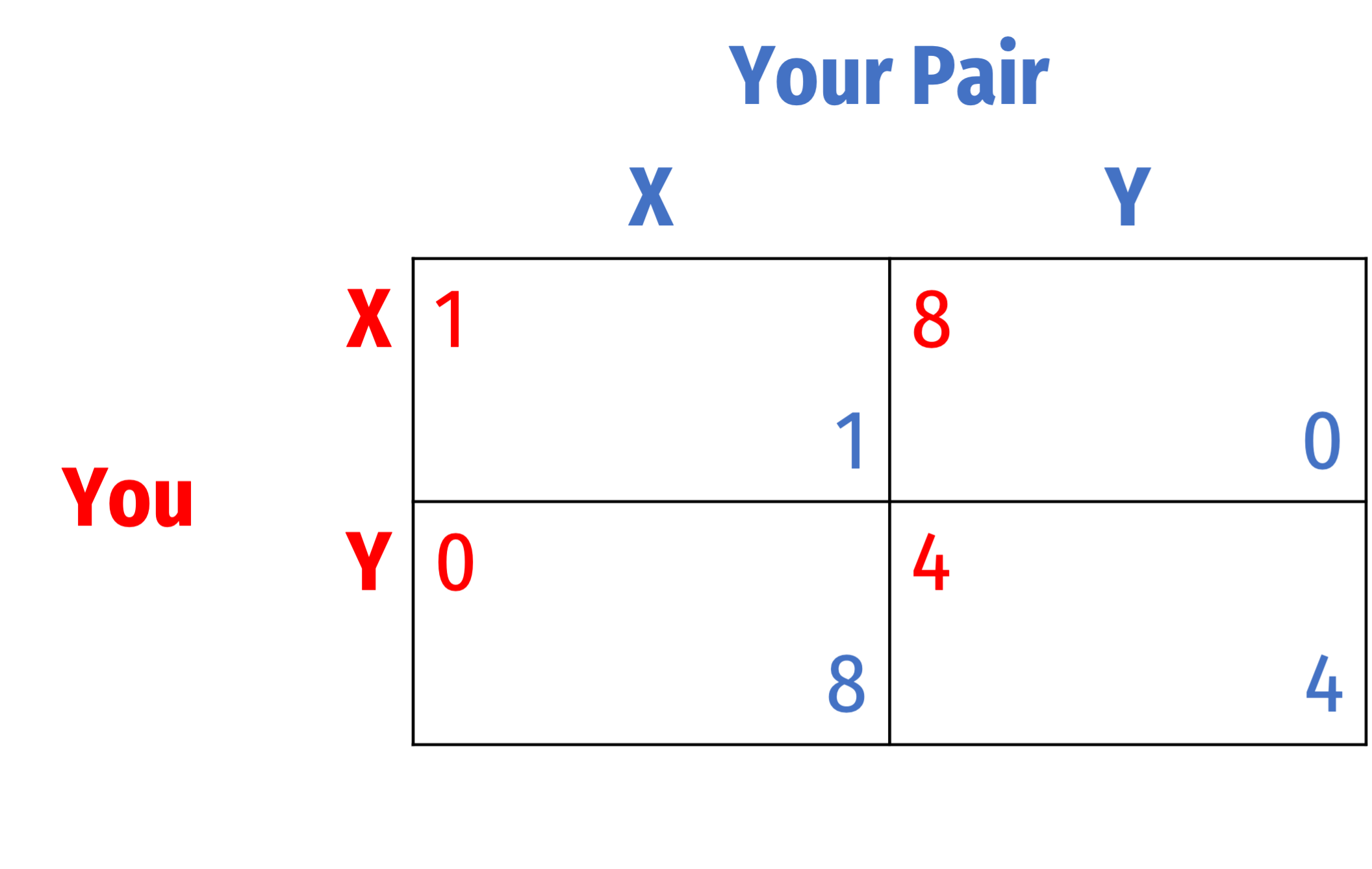
We Can Represent This
- We can represent this (and any) game in two ways:
- Both describe all three elements of the game
- “Normal” or “Strategic” form (a matrix)

- “Extensive” form (a game tree)

Some Data From My ECON 306 Class

Solution Concepts
In order to be a useful tool/model, need a solution concept to predict outcome
- Otherwise, what’s the point of the model?
Game theory models are a special type of equilibrium model, so we want to find the equilibrium of a game
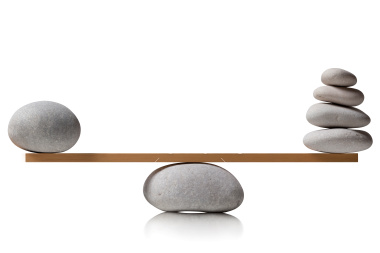
The Solution to Our Game
Both players have a dominant strategy to play X
A famous type of game, called a Prisoners’ Dilemma
- Why can’t they both just play Y?
Much, much more to say about it all this semester

Types of Games
Simultaneous vs. Sequential Games
Simultaneous games: players choose strategies simultaneously
Must anticipate what other players are likely to play without knowing
Examples: prisoners' dilemma, coordination game, RTS games, most sports, sealed-bid auction, secret ballot
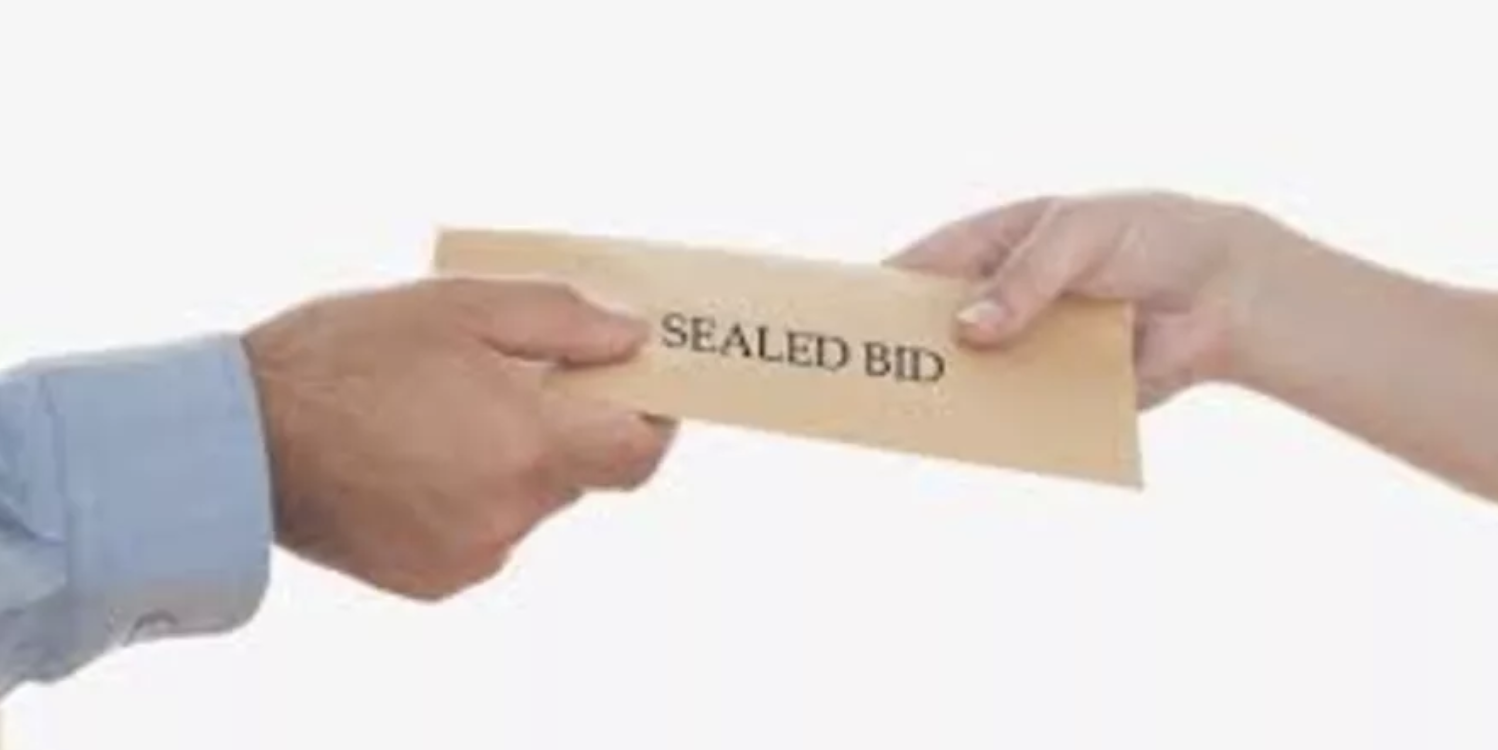
Simultaneous vs. Sequential Games
Sequential games: players make moves one at a time
Often can see the previous moves of all players
Must look to the future of how others will respond in order to determine what is optimal now
Examples: chess, poker, board games, strategy games, bargaining, negotiations
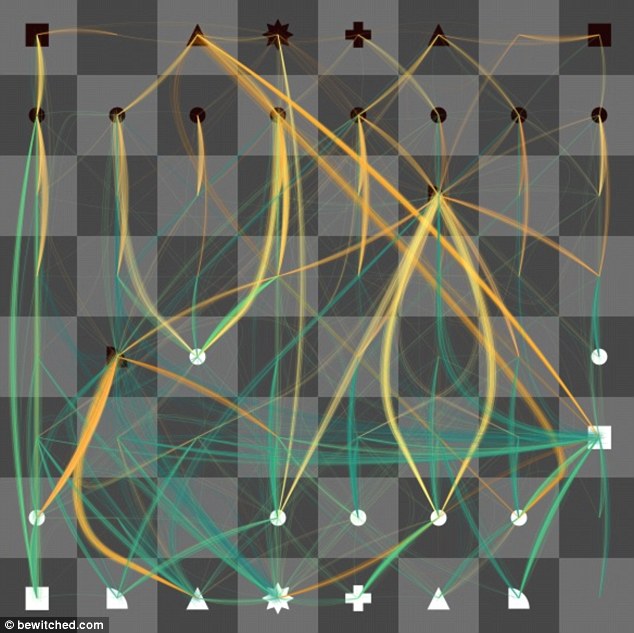
One-Shot vs. Repeated Games
One-shot game: game between players with no history together, occurs only once
Players do not know much about each other, know they will never encounter one another again
Examples: tipping while on vacation, strangers on a subway, game show contestants

One-Shot vs. Repeated Games
Repeated game: game between the same players is played more than once
Players know the history of the game with each other
Finitely-repeated game: has a known final round
Infinitely-repeated game: has no (or an unknown) final round
One-Shot vs. Repeated Games
Reputation and history matters more in repeated games
More role for “emotional” responses
- Aggressiveness, vindictiveness, retribution, forgiveness
Some strategies may be good for a one-shot interaction but harmful in a repeated game
Examples: bargaining too hard, rude to employees/customers, fraud

Information
Perfect information: all players know all of the rules, possible strategies, payoffs, and move history of all players
All players know that all players know that all players know that ...
- “Common knowledge”

Information
Imperfect information: all players don’t necessarily have all information
“Strategic uncertainty”: players may know the game, but not which strategies other players have chosen
- i.e. a simultaneous game

Information
Incomplete information: all players don’t have full information about the game (“external uncertainty”)
Asymmetric information: some players have more information than others
- Player 1 doesn’t know the other player 2’s “type,” but they do
- Player 2 may want to conceal their information, or may try to signal their type to Player 1
Examples: insurance, used cars, education, ordeals

Stability of the Rules
Rules of the game may be fixed and immutable
Or players may be able to manipulate the rules in their favor
- “Strategic moves”: pre-game game of determining rules for future game
Making credible threats or promises with commitment
Examples: constitutions, agenda-setting, strategic voting, entry deterrence

Sum of the Game
A zero/constant sum game: player(s) gain only at the expense of other player(s)
Examples: sports, board games, division of a surplus
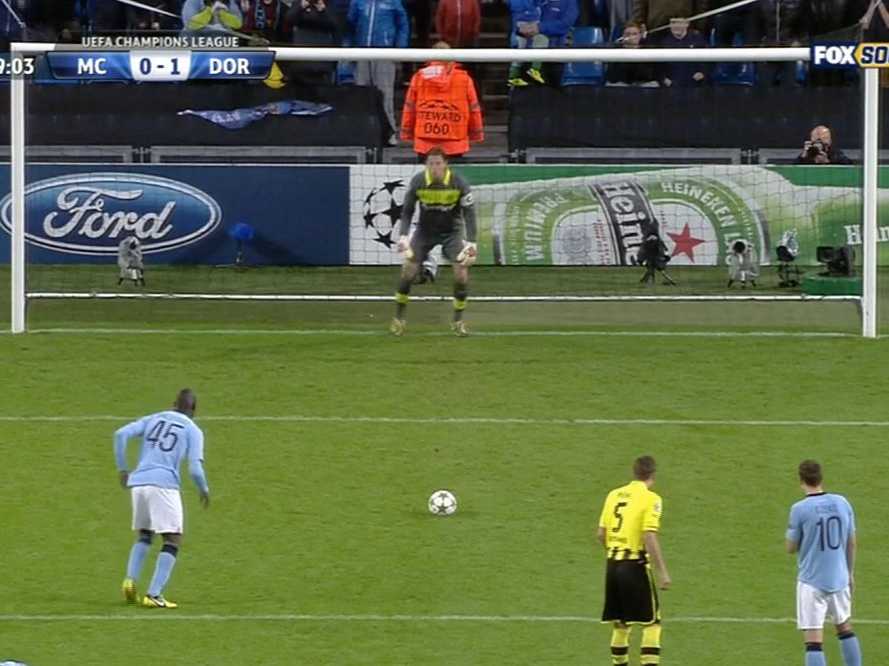
Sum of the Game
A positive sum game: all players can potential benefit from interaction
- Example: trade, bargaining
A negative sum game: all players can potentially be harmed from interaction
- Example: war, conflict, rent-seeking

About This Course
Learning Goals
By the end of this course, you will:
- Recognize different types of strategic interactions across different domains (e.g. economics, business, political science, biology, etc.)
- Recognize common types of games, e.g. prisoners' dilemma, stag hunt, battle of the sexes, chicken, hawk-dove
- Solve for equilibria of games in normal form, extended form, in pure & mixed strategies, with perfect and imperfect information
- Understand the role of information, sequencing, credible commitments, repetition, etc.
- Become familiar with some of the economics (and other) literatures that use game theoretic tools
- Use game theory tools to explore a topic in writing
Assignments
| Frequency | Assignment | Weight |
|---|---|---|
| n | Homeworks | 25% (using average HW grade) |
| 1 | Term Paper | 25% |
| 1 | Midterm Exam | 25% |
| 1 | Final Exam | 25% |
Your “Textbooks”

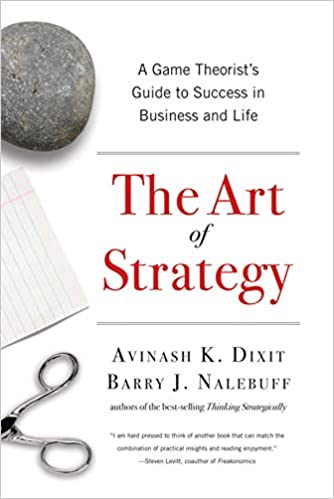
Logistics
Office hours: M/W 10:00-11:00 AM & by appt
- Office: 110 Rosenstock
Slack channel
#c-316-game
Recorded videos in Blackboard Panopto
Attendance
See the resources page for tips for success and more helpful resources

Roadmap for the Semester



